The lifecycle of a running shoe is typically straightforward: purchased for performance, worn until worn out, and eventually discarded. But what if there was a more creative, sustainable alternative? A growing movement of eco-conscious crafters and designers are giving retired sneakers a second life—transforming them into striking, functional vases. This unexpected upcycling trend combines sustainability with artistic flair, proving that even well-loved footwear can blossom into something new.
At first glance, the idea of converting a sweat-soaked running shoe into a decorative vessel might seem improbable. Yet, the very qualities that make sneakers ideal for athletic performance—their durable materials, structured soles, and often vibrant designs—lend themselves remarkably well to this unconventional repurposing. The process typically involves thoroughly cleaning the shoe, reinforcing its structure, and carefully modifying the toe box or upper to hold water and flowers. The result? A playful yet polished objet d'art that sparks conversation.
What makes this trend particularly compelling is its accessibility. Unlike many specialized crafting projects, sneaker vase creation requires minimal tools—often just scissors, waterproof sealant, and perhaps some acrylic paint for personalization. This democratization of design means anyone can participate, from seasoned DIY enthusiasts to those just dipping their toes into upcycling. The internet has played no small role in spreading the movement, with platforms like Instagram and Pinterest overflowing with inventive examples that range from whimsical to surprisingly sophisticated.
Environmental considerations form the beating heart of this movement. The footwear industry generates staggering amounts of waste, with an estimated 300 million pairs of shoes discarded annually in the U.S. alone. Most end up in landfills where synthetic materials may take decades or longer to decompose. By diverting even a small percentage of these shoes into creative reuse projects, participants make a tangible dent in this waste stream while raising awareness about consumption patterns. Each sneaker vase serves as a three-dimensional reminder of what's possible when we rethink "trash."
Beyond sustainability, these transformed objects carry emotional resonance. For many creators, the shoes they repurpose hold personal significance—perhaps the pair that carried them through their first marathon or daily walks during a difficult life chapter. Converting them into vases allows preservation of these memories in a new, visually striking form. The flowers placed within become living continuations of the shoe's journey, creating poetic connections between nature, human experience, and material culture.
The aesthetic possibilities are as varied as sneaker designs themselves. Chunky dad shoes with their thick midsoles make bold, modern statements when filled with proteas or sunflowers. Streamlined racing flats lend themselves to minimalist arrangements of single stems. Some crafters play with the shoe's original color scheme, while others completely transform the appearance with metallic paints or decoupage. Particularly striking are designs that incorporate the shoe's original branding or wear patterns, celebrating rather than concealing its history.
This movement has begun catching the attention of professional designers and artists as well. Several have incorporated sneaker vases into larger exhibitions about sustainable design, pushing the concept into more refined territory. One Brooklyn-based studio recently debuted a limited collection featuring deconstructed high-end sneakers reconfigured with handblown glass inserts, blurring the line between upcycling and luxury design. Such iterations suggest the humble sneaker vase may have staying power beyond being just a DIY trend.
Practical considerations abound for those attempting their own conversions. Proper cleaning is paramount—no one wants their tulips sharing space with lingering foot odor. Many creators recommend multiple rounds of disinfecting and sun-drying before beginning the transformation. Structural modifications require balancing aesthetics with functionality; cutting too much material may compromise the vase's stability. Waterproofing presents another challenge, with solutions ranging from silicone liners to carefully applied marine-grade sealants. The most successful creations address these practical concerns without sacrificing visual appeal.
Community aspects have flourished around this niche. Online forums buzz with tips about which shoe models work best (high-tops provide more vertical space, while mesh uppers allow interesting drainage solutions). Local workshops have popped up in several cities, combining environmental education with hands-on creation. Some participants have turned their hobby into small businesses, sourcing discarded shoes from donation centers and selling the transformed vases at craft fairs or through eco-conscious home decor shops.
Critics might dismiss sneaker vases as just another quirky upcycling fad, but the phenomenon touches on deeper cultural currents. In an era of mass production and disposability, these objects represent a counter-narrative—one that values resourcefulness, personal expression, and environmental stewardship. They embody what design theorists call "product afterlife," challenging our assumptions about an item's endpoint. Perhaps most importantly, they make sustainability tangible and even delightful, proving that going green doesn't have to mean sacrificing style or creativity.
As the movement matures, its applications continue expanding. Some schools have incorporated sneaker vase projects into environmental science curricula, using them to teach principles of material science and waste reduction. Forward-thinking running stores have hosted "retirement parties" for worn-out shoes, complete with vase-making stations. Even professional athletes have gotten involved, with a few donating significant pairs to be transformed and auctioned for environmental charities.
The sneaker vase trend ultimately represents more than just a novel way to display flowers. It's a testament to human ingenuity in the face of ecological challenges, a celebration of seeing potential where others see only waste. Each converted shoe becomes a small rebellion against our throwaway culture—one that, much like the plants it holds, might just help seed broader change. As these upcycled creations continue sprouting up on windowsills and dining tables worldwide, they serve as blooming reminders that with creativity and care, even the most unexpected materials can find new life.

By /Aug 6, 2025
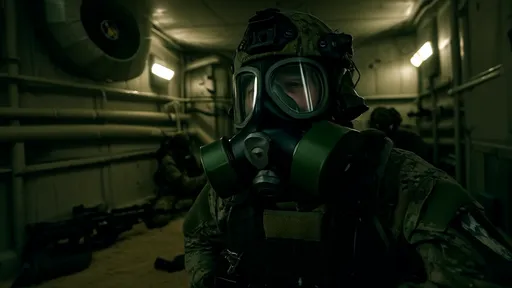
By /Aug 6, 2025
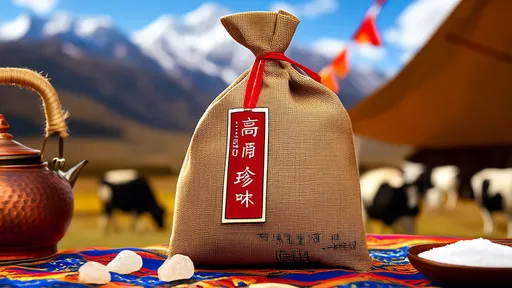
By /Aug 6, 2025
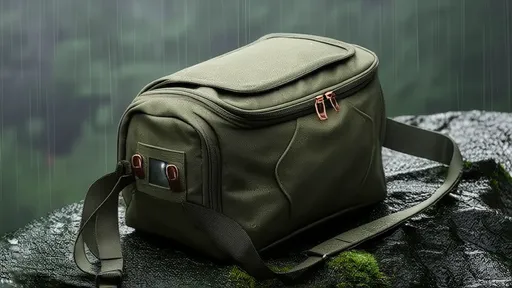
By /Aug 6, 2025
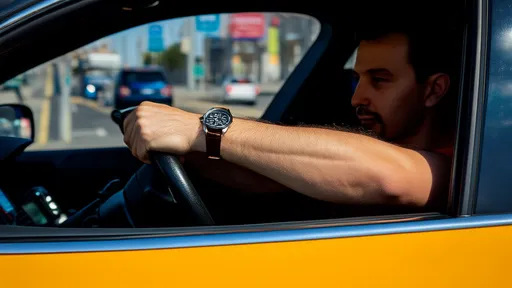
By /Aug 6, 2025
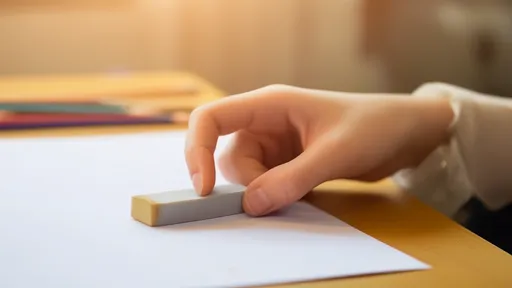
By /Aug 6, 2025
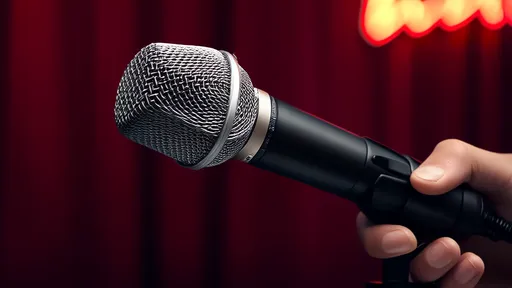
By /Aug 6, 2025

By /Aug 6, 2025
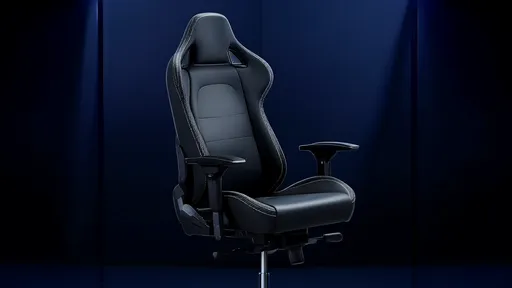
By /Aug 6, 2025
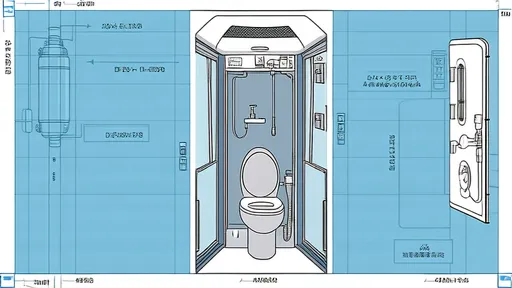
By /Aug 6, 2025
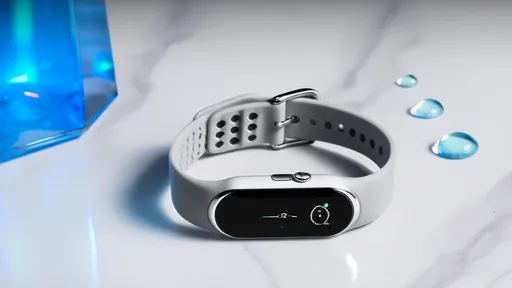
By /Aug 6, 2025
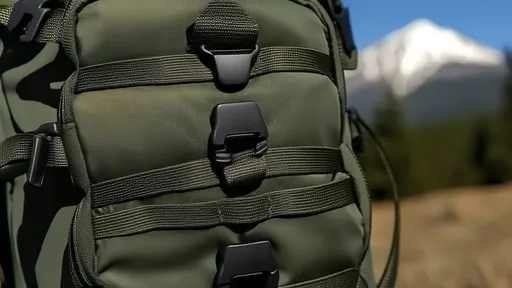
By /Aug 6, 2025
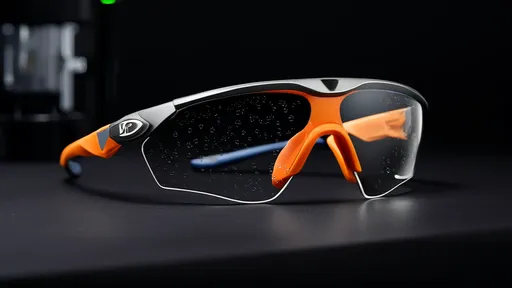
By /Aug 6, 2025
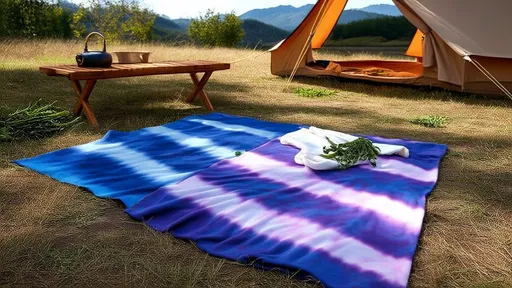
By /Aug 6, 2025
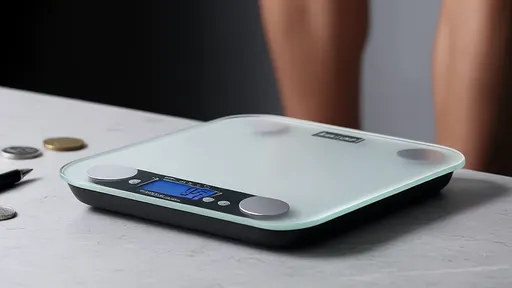
By /Aug 6, 2025
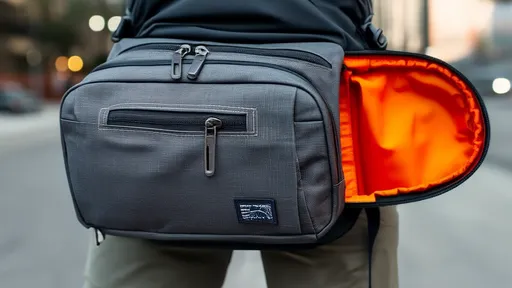
By /Aug 6, 2025
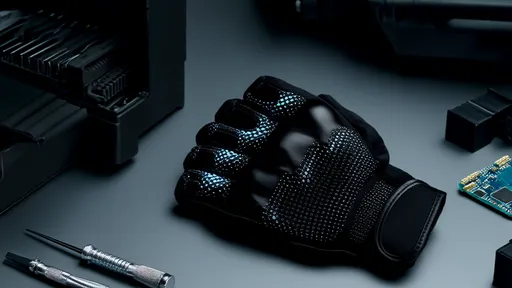
By /Aug 6, 2025
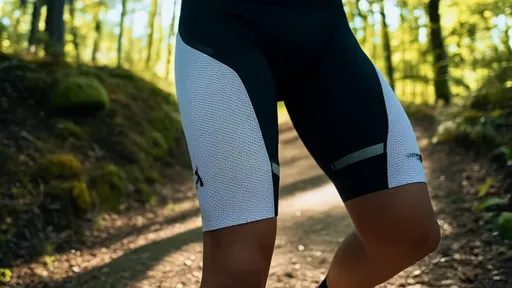
By /Aug 6, 2025
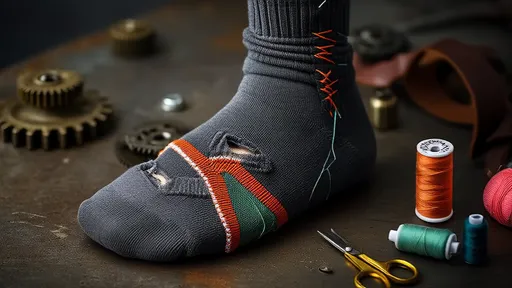
By /Aug 6, 2025
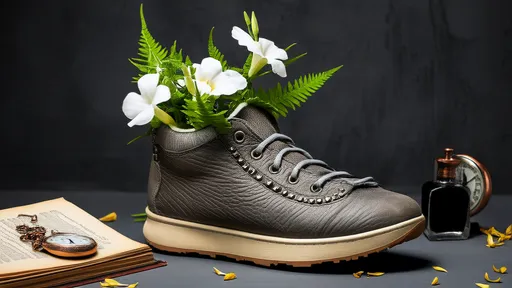
By /Aug 6, 2025